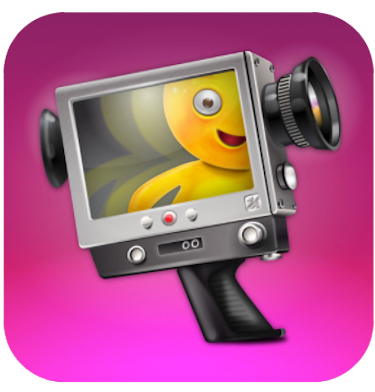

Of course, your work isn’t composed entirely of key frames. These are the meat and potatoes of your animation. You can think of key frames as the upgraded version of a storyboard: they are the frames you spend the most time on and use to convey the action. If you look at the storyboard of a cartoon and put it in motion, it looks like a really bare-bones version of the final product. A collection of images shows the basic progression of the story by portraying the most important images. Every animation uses loops at some point or another to give the movement a more uniform look, but it’s important not to overuse them lest your work just look lazy.Įveryone’s familiar with the concept of a storyboard. Simply animate each leg and then reuse the frames. If you want your character to walk across the screen, you don’t have to animate every step. Another way to save some time is to create a loop. If you have a very slow or intentionally jerky movement, you could also shoot on threes or fours, but even your average Joe will be able to tell you’re cutting corners there.
#Istopmotion sucks full
Can you imagine creating 24 unique frames for one second of animation? That would take forever! Luckily, because of the way our eyes perceive movement, you can utilize a method called “shooting on twos,” a fancy way of saying “using each frame twice like a lazy bastard.” This means that those 24 frames you shot will actually give you two full seconds of animation! Using 12 fps with live-action people would look pretty awful, but animated figures look lovely and smooth. You might recall that film is generally shown at 24 frames per second (fps), and doing otherwise is a major cause of contention.

Pixar created a similar zoetrope for Toy Story that is currently on display at Disney’s California Adventure. Figures in multiple positions are placed on a spinning wheel, and when strobe lights are added, they appear to be moving. Studio Ghibli has a 3D zoetrope in the Ghibli Museum in Tokyo. It has all the benefits of a flipbook with none of that pesky exercise! Now that we’re in the future, we have cooler options. Looking through a small cutout, the pictures appeared to be a continuous moving image. Originally, a zoetrope was a 19th century device that spun pictures around a light source. So how do you visually break down the process without using a stupid flipbook? Why, you check out a zoetrope, of course.


Unless you’re some sort of wizard, you can never make the pages flip quite right, so the images either go by too quickly or skip a few frames. The problem with flipbooks, however, is that they suck. You take a bunch of slightly different images, put them next to each other, and flip the pages rapidly, and the pictures appear to move. Flixist Film School is about practical application, damn it! When has history ever taught us anything?Ī good way to break down the process of animation is to look at a flipbook. People all over the world discovered their own methods of animation, from 2D drawings to stop-motion, and the process has a long, fascinating history that we’re not going to get into right now. Of course, the technology to make pictures move on their own didn’t come around right away. The basic concept of animation has been around pretty much forever: using pictures and figures to tell a story in a way that people can’t. Join me after the jump to learn a little about animation and methods that you can use to create something of your own. Also, people get bonked on the head with pianos and stuff and it’s funny. Animation can take you to completely new worlds and show emotions in a manner that only drawings and sculpture can. While major animated features may steal the spotlight with grandiose musical numbers and zany antics, the main idea is to convey a story in the way that real life simply can’t. That’s a fair bit of knowledge! Today, we’re going to take it even further with an introduction to the glorious world of animation.
#Istopmotion sucks how to
So far on Flixist Film School, we’ve learned about editing basics, how to write an ending, DIY filmmaking, and art direction.


 0 kommentar(er)
0 kommentar(er)
